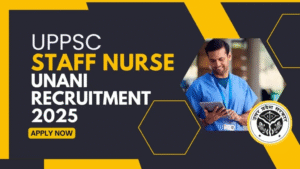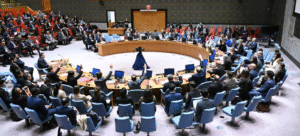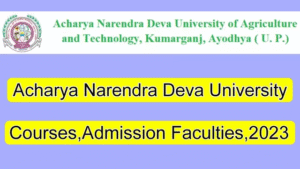The Chasm of Competence: Bridging the Skills Gap Between Education and Employment
Defining the Divide: The Mismatch in Skills
In an era of rapid technological advancement and evolving industry demands, a significant chasm has emerged, threatening the seamless integration of individuals into the workforce: the skills gap. This disparity represents the disconcerting mismatch between the competencies employers seek and the skills possessed by the available talent pool. This essay will examine the multifaceted nature of this gap, explore its detrimental consequences for both individuals and economies, and critically analyze the crucial roles of education, training, and lifelong learning in constructing a bridge across this divide.

The Roots of the Gap: A Complex Interplay of Factors
The roots of the skills gap are complex and intertwined. Traditional educational systems, while providing foundational knowledge, often struggle to keep pace with the dynamic needs of the modern workplace. Curricula may lag behind technological advancements, failing to equip graduates with the specific technical skills demanded by industries like artificial intelligence, data science, and advanced manufacturing. Furthermore, the emphasis on theoretical knowledge can sometimes overshadow the development of crucial soft skills, such as critical thinking, problem-solving, communication, and collaboration – attributes increasingly valued by employers in a complex and interconnected world. The rapid pace of technological disruption further exacerbates this issue, rendering previously relevant skills obsolete and creating a constant demand for new competencies.
Detrimental Consequences: Impact on Individuals and Economies
The consequences of this widening skills gap are far-reaching. For individuals, it translates into prolonged periods of unemployment or underemployment, leading to financial insecurity, diminished career prospects, and a sense of frustration and disillusionment. For businesses, the inability to find qualified candidates hinders innovation, reduces productivity, and ultimately impacts competitiveness in the global market. On a broader economic level, a significant skills gap can stifle growth, impede technological adoption, and exacerbate social inequalities. A workforce ill-equipped for the demands of the 21st century can become a drag on national progress, hindering the ability to adapt to future economic challenges.
The Role of Education: Adapting the Foundational Framework
Addressing this critical issue requires a multi-pronged approach, with education, training, and lifelong learning playing pivotal and interconnected roles in constructing a robust bridge across the skills gap. The education system, from primary to tertiary levels, must undergo a fundamental transformation. This includes a greater emphasis on STEM fields, the integration of practical, hands-on learning experiences, and the cultivation of essential soft skills. Collaborative partnerships between educational institutions and industry are crucial to ensure that curricula are relevant, aligned with employer needs, and provide students with real-world exposure through internships, apprenticeships, and industry-led projects. Furthermore, educators themselves need continuous professional development to stay abreast of technological advancements and evolving pedagogical approaches.
The Importance of Training: Equipping for Specific Demands
While formal education lays the foundation, targeted training programs are essential for equipping individuals with specific, in-demand skills. Vocational training centers, industry-specific certifications, and online learning platforms can provide pathways for individuals to acquire the technical expertise required for particular roles. Governments and businesses have a shared responsibility in investing in and promoting these training initiatives, ensuring accessibility and affordability for all segments of the population. Moreover, these programs should be agile and adaptable, capable of responding quickly to the evolving needs of the labor market and providing reskilling and upskilling opportunities for those whose jobs are at risk of automation or displacement.
Lifelong Learning: Cultivating Continuous Adaptation
Crucially, bridging the skills gap is not a one-time fix but an ongoing process that necessitates a culture of lifelong learning. In a rapidly changing world, individuals must embrace continuous professional development to remain relevant and competitive. This includes actively seeking out opportunities for learning new skills, adapting to technological advancements, and staying informed about industry trends. Employers also have a vital role to play in fostering a learning culture within their organizations, providing employees with access to training resources, mentorship programs, and opportunities for internal mobility. Recognizing and rewarding continuous learning can incentivize employees to invest in their own development and contribute to a more skilled and adaptable workforce.
A Collaborative Path Towards Competence
In conclusion, the skills gap represents a significant challenge to individual prosperity and economic growth. However, by recognizing the multifaceted nature of this divide and embracing the transformative power of education, targeted training, and a commitment to lifelong learning, we can begin to construct a robust bridge. This requires a collaborative effort involving educational institutions, governments, businesses, and individuals, all working in concert to ensure that the workforce of today and tomorrow possesses the skills necessary to thrive in an increasingly complex and dynamic world. Only through such a concerted and sustained effort can we effectively close the chasm of competence and unlock the full potential of our human capital.




















